CRN Exclusive: HP CEO Weisler On 'Ratcheting' Up Security Investments, The Equifax Breach, 3-D Printing, And The Power Of Diversity
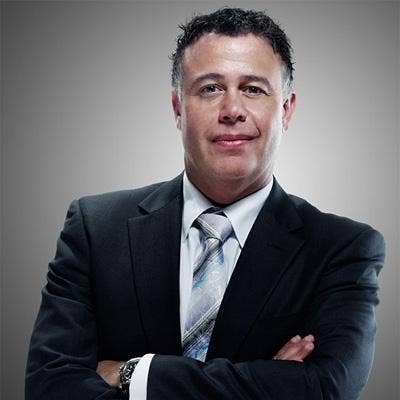
Making The World's Most Secure Printers And PCs
HP CEO Dion Weisler says the $50 billion printer and PC behemoth is putting the pedal to the metal on its security offensive.
"We have a deep core competency and we have had for quite some time in security," Weisler told CRN. "We are ratcheting that up because the bad guys are ratcheting up their efforts. Almost every week you see something happening in the marketplace. There was Equifax recently with half of the U.S. population impacted -- almost every adult. So that is not going away. We have to be ever more vigilant."
As part of that stepped-up security offensive, HP recently announced an HP Security Advisory Board with some of the top "white hat" security researchers in the country. The board is chartered with providing strategic input to HP's leadership team to stay ahead of the growing cybersecurity breaches.
HP is leading the PC and printer market with a host of proactive innovation aimed at stopping cybersecurity breaches at the endpoint. Those efforts include both BIOS and firmware in both PCs and printers aimed at stopping attacks.
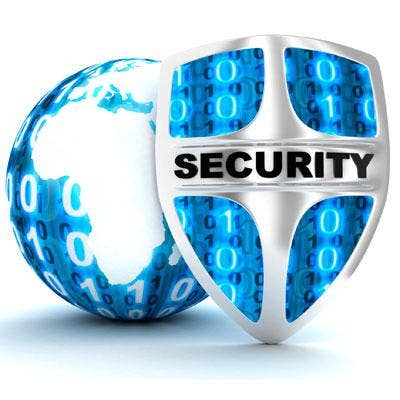
Is HP a security company in addition to being a printer and PC company?
I think it has to be in the absolute core and fabric of what we do. You can't be a device company without having core security. It is just impossible.
Without stitching in security, you are missing the point. It just has to be a base building block, and it can't be at a simplistic level. You have to do it at multiple layers. Whether it is in printing or personal systems, we have got stuff at the hardware level. We've got stuff at the operating system level. We've got stuff above the operating system level, and we have got it stitched into the way we are actually constructing the services and the software. I don't think they are mutually exclusive.
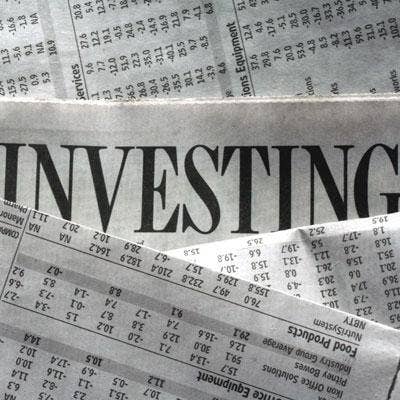
What's HP's investment in security, including R&D, people and resources?
We have a deep core competency and we have had for quite some time in security. We are ratcheting that up because the bad guys are are ratcheting up their efforts. Almost every week you see something happening in the marketplace. There was Equifax recently with half of the U.S. population impacted -- almost every adult. So that is not going away. We have to be ever more vigilant.
You will never be perfect. As soon as you do something, somebody is trying to undo it and so you have got to continue to make those investments over and over again so that you are at least significantly reducing the probability. That is really our goal. That is going to require strong hardware investment, strong stitching in between the seams of those two. It is going to be working with the channel to augment and complement with things that we don't have in our stack, and bringing the best of the entire ecosystem together for the strongest and most secure platform in both personal systems and printing and 3-D printing.

When you heard about the Equifax breach, what was your first reaction?
It was like – 'Oh dear.' I don't know how a company survives after something like that. If you are a CEO or a CIO or CSO today, you have some pretty big responsibilities on your shoulder. You used to just think – 'I've got to perform.' Now you have got to perform and protect. That is really challenging. That is why we produced 'The Wolf' series [a video marketing campaign with actor Christian Slater as a hacker invading corporations]. It is incredibly powerful, very directed marketing. And now we have 'The Fixer' [a video marketing campaign featuring actor Jonathan Banks], which is a fun kind of sequel to 'The Wolf ' to raise awareness. Job number one is to raise the awareness.
We inform our channel because they are so efficient. You sort of amplify the 250,000 partners that we have multiplied by the number of people and salespeople that they have and you have got a big ecosystem out there that are now educating our end customers. It is not a terribly difficult education when an Equifax happens or a Wannacry happens or a Sony breach happens. These things get so much public attention.
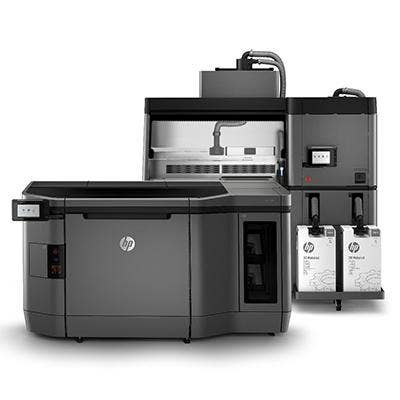
How important is security with 3-D printing?
In the future with 3-D printing you not only have to secure the device so it can't be penetrated, but you have to secure the part because now you have intellectual property -- digital files – in much the same way you have music as digital property. This is digital property as well.
You need to make sure the printer is prepared to intercept only a legitimate part so that intellectual property is protected. You also have to make sure you are operating within the bounds of the regulatory process so people can't print dangerous devices and put them together.

What are some of the steps you are taking to secure intellectual property in the printing market?
This extends well beyond our core business and well into the future business. In our graphics business, we are figuring out how to place quantum dots on a page so that we can verify and almost give this page an IP address. We already have that technology.
Years ago we had to input at the BIOS level the ability for our printers to detect if someone was printing currency because our technology had become so good people were trying to use it to counterfeit. So now if you try to send currency to our printer, it is intercepted at the hardware level and it is blocked.
All of those things that not necessarily all of our customers think about, we have to think about.
You can imagine in this new world how much security and verification is going to play a key role, and we are investing heavily into that.
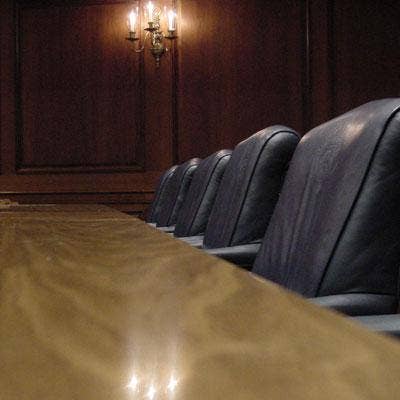
What are doing as a member of the Technology CEO Council in Washington, D.C.?
We get together with a group of industry leaders and we meet with various government officials and we raise awareness for the IT industry. We work with adminstrations as the TCC has done for a very long time to ensure that things we believe are important for the IT industry and society at large are heard in Washington.
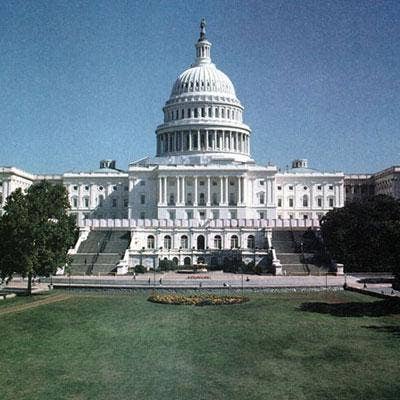
What are your biggest concerns as HP CEO as you look at the political landscape and the political environment?
I think what sort of humbles me most about this organization is its deep social conscience. This is a company built by [HP founders] Bill [Hewlett] and Dave [Packard] on incredible values that were well ahead of their time. I think Bill and Dave were talking about diversity and inclusion and environmental awareness and sustainability before they were words that were coined. They were living it and doing it every single day.
All 50,000 people that have come to this company somehow have a tie and a thread to those core values. Diversity and inclusion is really important to us. I was asked – 'How many DACAs [Deferred Action For Childhood Arrivals] do you have?' I said, 'I have no idea.' We do not have a checkbox in this company when you join, asking 'Are You a DACA?' But I tell you we will defend and support our people because it is the right thing to do.

How important is diversity and inclusion at HP?
There are some things as we work with administrations all over the world that we won't compromise on. We won't compromise on our values of diversity and inclusion because our next 2 billion eyeballs won't come from our traditional markets. We have got to continue to support them, but they are going to come from new and faraway places, and diversity enables us to be able to think through the eyes of the customer.
If you stop thinking through the eyes of a customer, 'Wow, now you are making irrelevant products.' You might be making technology and you might be innovating, but it won't be relevant innovation. That diversity and inclusion is in the 107 countries that we work with around the world. When I get together with my leadership team it is like the Assembly of the United Nations, and when I get together with my board it is like The Assembly of the United Nations. That is really cool and we are trying to drive that all the way down into the organization.

What is your position on tax reform?
On tax and trade we obviously have very clear positions. We want to be able to see U.S.-based companies be able to compete fairly overseas. We broadly believe in comprehensive tax reform. We are very satisfied that the administration agrees that the border adjustment tax doesn't seem appropriate or in the best interest of the country, so we are happy about that.
Generally, we want to work with the administration on comprehensive tax reform on repatriating cash back into the country, on ensuring that we can really continue to innovate and drive great jobs here in this country and in other countries in which we operate.
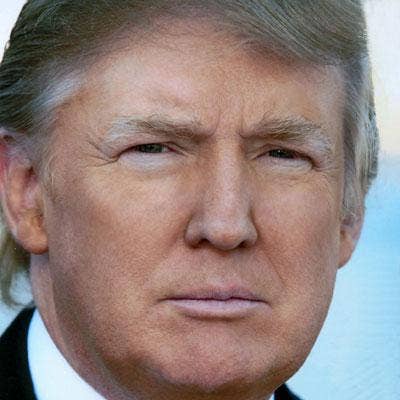
If you got five minutes with President Trump, what would you tell him?
What we would say is diversity and inclusion is important. It is important globally and it is important for this country. I think the U.S. does an incredible job of bringing incredible talent that attend universities in the U.S. and then we send them home, and then they make those countries better. They should be making this country better. This is where they are being trained. The people that have come when they were kids to live the American dream, and have been brought up here and educated here, let them contribute back to the society. Let them make America even better than it already is. It is incumbent on us to do the right thing. That is what I would say.

What is the core PC and printer R&D investment strategy?
Seventy percent of our R&D will go into our core businesses of printing and personal systems. You can't abandon those businesses. It is what makes us, us. But we have to have a thesis for growth in the future. We have clearly articulated that around the A3 market, the graphics market, and commercial mobility. So we are going to invest there. You bet we are going to invest in blended reality, immersive computing on one side and 3-D printing on the other. Then we said all of that has to be underpinned by services, solutions and security. So that is where we are going to invest, too. It is very clear. I don’t think anyone is confused on the things we are investing in.

What are the big megatrends you see taking hold in the future?
They are not things that are going to happen in one or two years. They are things that are going to happen in five, 10, 15, 20 and 30 years. If you start with that vision of the future and the way the world is going to work and operate, you sort of double-click on that and figure out where your company is going to sit and what your strategy is going to be.
We believe that the market based on megatrends is moving to everything as a service – a little faster in mature markets, a little slower in emerging markets. But everyone is eventually going to get there. That is where we are putting our dollars down, and we are encouraging those partners that believe in those megatrends to start to prepare their companies for that transformation.

What are you doing to make sure the small- and medium-business market is buying into Device as a Service?
The first thing that has to happen is we have to enable the best asset we have, and the best asset we have is the channel. They are able to complement the things that we are doing. They are able to amplify the things that we are doing, but in many cases they are not always prepared. Some of them are very prepared and some of them are not prepared at all.
It is incumbent upon us to prepare the toolkits, prepare the training, start the university, prepare their sellers to switch from a very transactional-led motion with maybe a junior IT decision-maker somewhere in the company able to have a C-level conversation to talk about that shift from Capex to Opex and how they then can redeploy their resources on the things that matter for their business. You have got to prepare all of the technology tools.
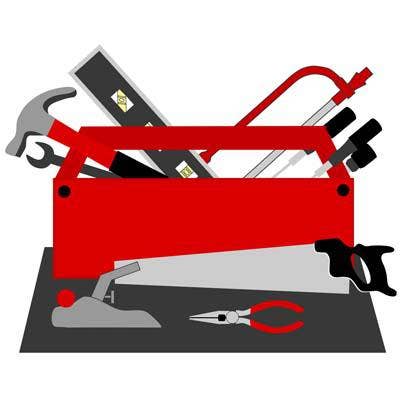
What are you seeing in terms of the channel approach to the Device-as-a-Service tools you are offering?
Some of the channel will take that toolkit and say, 'Beautiful, I am going to go out and sell that HP toolkit.' You have got other companies that are going to say, 'I've developed my own toolkit, I don't need that toolkit. What I need from you, HP, is the core technology, security, APIs and then let me go run my own services.' And then there will be this hybrid group in between that says, 'I like your toolkit and I am now going to fuse it together with what I have got and am going to make it even better.' So that is really what we need to do. It is not a binary answer.
There is a very broad spectrum of preparedness in our channel. And we just have to provide the menu for our channel to select from in order to make the services as robust as possible.

What kind of feedback are you getting from partners?
The key themes that most of our principal partners are talking about is they absolutely get where the market is going. They are talking more about everything as a service, not just Device as a Service – we have been in managed print services for a long time -- they are increasingly talking to us about the 3-D printing opportunity and wanting to understand how they can participate in that future. It is a very different business and it requires different skill sets. That is why I pulled it out from underneath the printing group and broke it out into [HP 3-D Printing Business President] Stephen Nigro's organization end to end. If you want to be in this business, you have got to isolate it and figure out the core competencies you need there. We have very frank conversations about that. Many want to invest and are prepared to invest for the long term.
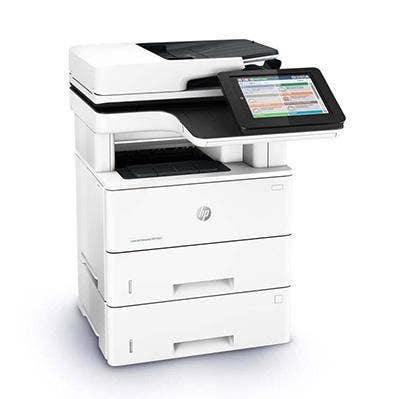
What kind of traction are you seeing from partners in the A3 copier replacement market?
They are getting the A3 message and the real growth opportunity we have there. It is a $55 billion TAM [total addressable market] and we have 5 [percent] or 6 percent market share. That is unusual for us because we have generally got 50 [percent to] 60 percent market share in the print business. They are looking to back a company that is looking to disrupt this business. If we can just grow 10 points of share [in A3], that is $5.5 billion in share.
Is A3 the biggest near-term opportunity?
There are not too many established $55 billion markets where you have low market share. If you are going to coin the term' low-hanging fruit,' it is the lowest-hanging fruit, but it is still hard. You can't be arrogant because there are 13 other players out there looking to protect their businesses, so we have got to out-execute them.
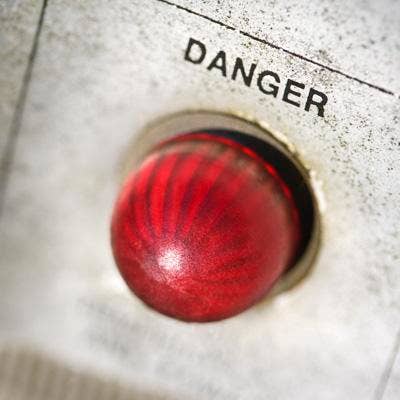
What is your biggest worry as you push the innovation envelope?
Every single meeting I walk into I say, 'Don't tell me what's going well, tell me what's not going well' because what worries me more than anything else is complacency and arrogance. The day that ever sets in is a sad day indeed. I think we have got the entire team completely wired to be even more on guard and receptive to what is going on in the marketplace.
The company has been completely reinvented. Every day we wake up and we think about how can we raise the bar -- what is happening in the world? How do we prepare ourselves for it? What are we going to invest in? What do we think the channel should invest in? How are we going to get there together?
We want these partners -- who are incredibly bright people and have a got a dollar to invest -- to know where we are going and can choose where to put that money. And if they want to put a buck down on us or 80 cents down on us, come join the family and we'll continue to grow and rise.